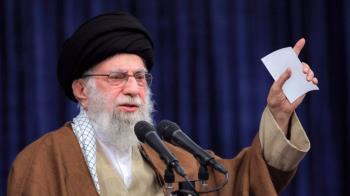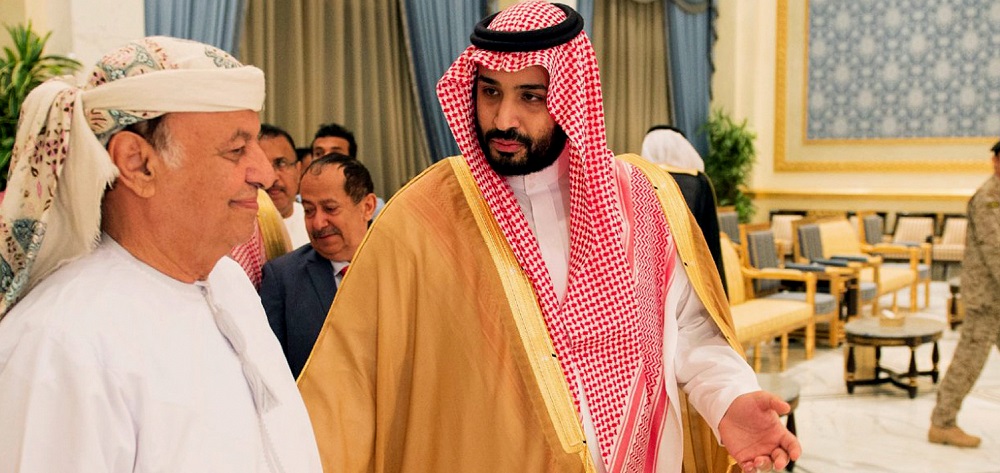Alwaght- Citing Saudi Arabian diplomats, the media have reported that an agreement between the separatist Southern Transitional Council and the resigned Yemeni government of Abdrabbuh Mansour Hadi in the Saudi capital Riyadh. The STC has agreed to put an end to the differences and allow the government to return to the major southern city of Aden. Muammar al-Aryani, the minister of information, said that the final deal will be signed with the UAE-backed council in two days.
Following growth of gaps between the Hadi and separatist forces, on August 10 the Security Belt Forces of STC managed to press the reigned government forces from Aden and other southern cities like Abyan and Shabwa.
The agreement comes while the previous round of negotiations in Saudi Arabia failed as the two sides’ deep differences sustained. This time the Saudi efforts seem to have yielded results. But what is the Saudi aim behind the push for the agreement and what are its implications on future developments?
Pressing with Yemen split
The deal between the secessionist forces and Hadi to equally share the government posts with a Saudi pressure certainly signal that the country is entering a new chapter of developments. Since the beginning of the campaign against Yemen, Saudi Arabia sought to disarm Ansarullah revolutionary movement and expel it from the capital Sana’a to restore Hadi who resigned and fled to Saudi Arabia as the revolutionaries took control of the capital. Riyadh thought it can once again restore its dominance over the neighboring country.
After nearly 5 years of war, National Salvation Government, led by Ansarullah, proved a success in the management of the course of developments amid unceasing war. It strongly responded to the Saudi air and ground campaigns with reciprocal measures including ground attacks deep into the Saudi territories and most importantly drone and missile strikes on vital Saudi sites like oil facilities, putting Riyadh in despair on how to continue the war. Saudi Arabia has now sustained a defeat and sooner or later it has to admit this through announcing the end of the war. Saudi Arabia’s Crown Prince Mohammed bin Salman, who is deeply worried about an exit from Yemen without an achievement, seriously seeks a way to split Yemen to at least realize part of his goals for which he started the aggression.
Taking control of the strategic Bab-el-Mandeb Strait using a secessionist agenda of the southerners was part of his goals. Additionally, Yemen partition will materialize the Saudi goal of cutting independence on the Persian Gulf and Strait of Hormuz for oil transportation. Saudi Arabia plans an oil pipeline from its territories to Yemen’s Al Mahra province to transfer oil to Sea of Oman for shipment. The pipeline and a port have been negotiated for decades with various Yemeni governments.
Former Yemeni President Ali Abdullah Saleh agreed to allow Saudi companies to build the pipeline and port in the country’s territories. The escalating tensions in the Persian Gulf over the past year pushed the Saudis to seek alternatives to oil exports through the Strait of Hormuz.
In June 2018, Mohammed al-Jabbar, the Saudi ambassador to Yemen and supervisor of reconstruction projects in Yemen, visited Al-Mahra. He said that despite the Al-Mahra population decrease, the threats to the Saudi project remain in place.
The considerable issue is that just contrary to the past in which Hadi, at least ostensibly, insisted on the unity of the country and was not inclined to make compromises to the separatists, the new agreement will recognize the armed separatists as a legitimate force, giving Hadi’s green light to split of the country.
Boosting Riyadh’s military and political position
Brokering a deal between the resigned government and the STC, from another aspect, is part of Saudi Arabia’s efforts to beat the huge challenges it is facing on the battlegrounds. As the UAE separated its ways from the Saudis and the southerners declined to fight Ansarullah in the north, Riyadh sustained big defeats. Ansarullah advanced into the Saudi territories and in just a single operation in later September captured some 2,000 Saudi troops and mercenaries in the southern Saudi province of Najran. The capture also included a large number of weapons and armored vehicles.
By pushing forward the deal, Saudi Arabia is hopeful of strengthened position against Ansarullah in any negotiations. Nazar Heythan, the spokesman to the STC, in a Twitter message said that the finalized version of the deal will be signed in two days between the two sides. “This deal is a significant step to unite the ranks and press with all efforts against Houthis,” he added using the tribal name for the faction forming Ansarullah.
This may herald an increase in the Saudi and loyalist forces’ attacks on the north and other parts of the country where Ansarullah holds ground. On Friday, Ansarullah’s Brigadier Yahya Saree talked about 55 air raids by the Saudi aircraft targeting Hajjah and Sa’dah provinces west of the country where Ansarullah has a strong position. According to Al-Massirah, an Ansarullah-run news channel, the army and popular committees have managed to repel several offensives launched by Saudi Arabia’s mercenaries on Yemen’s border with Saudi provinces of Jizan and Asir.



























